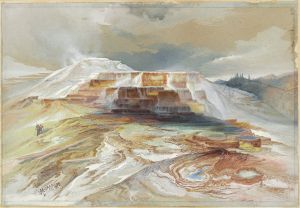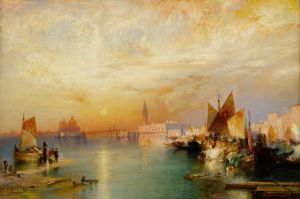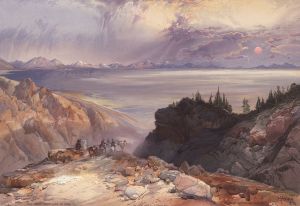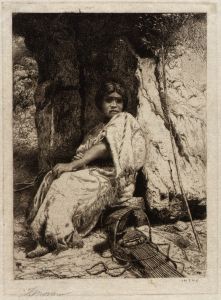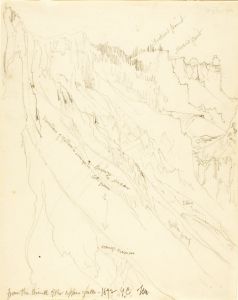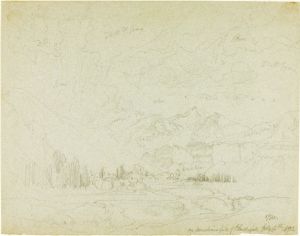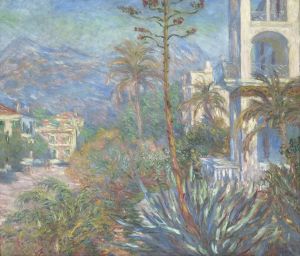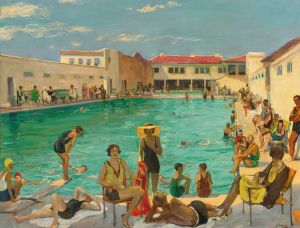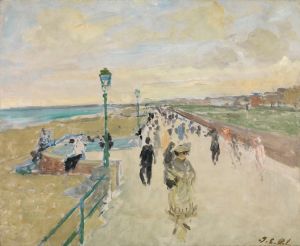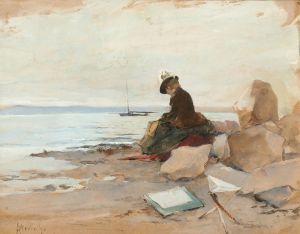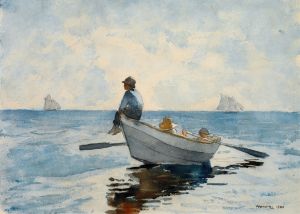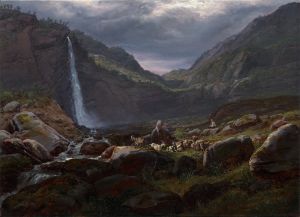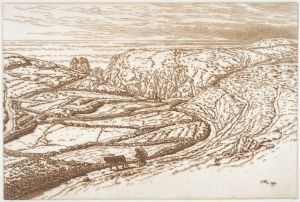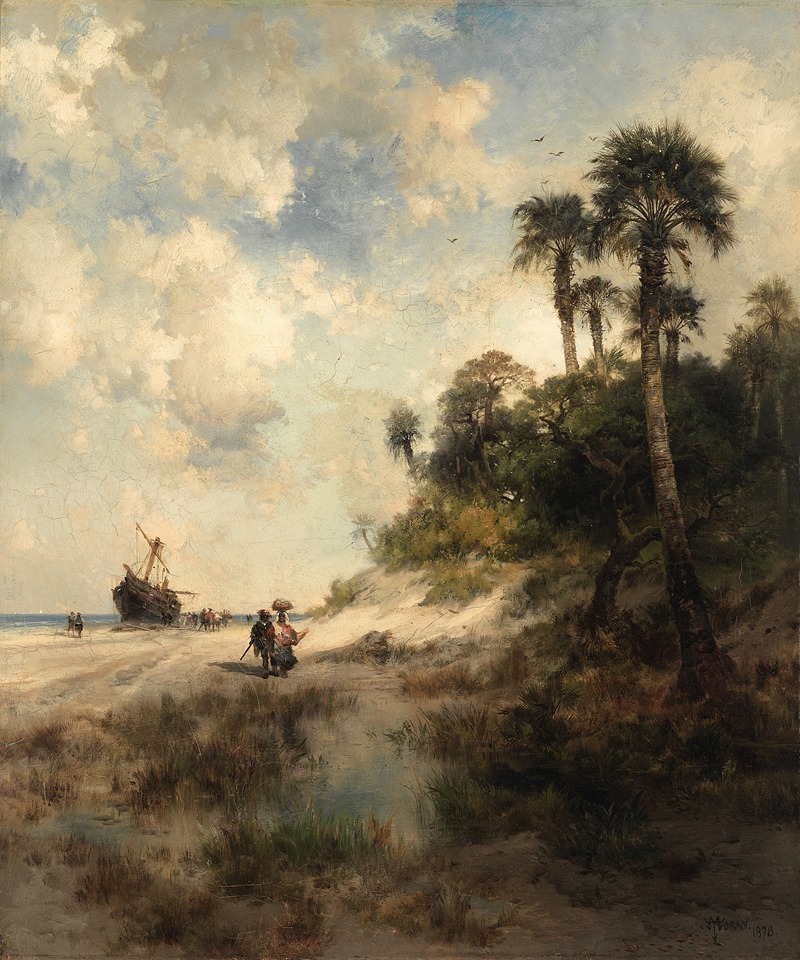
Fort George Island, Florida
A hand-painted replica of Thomas Moran’s masterpiece Fort George Island, Florida, meticulously crafted by professional artists to capture the true essence of the original. Each piece is created with museum-quality canvas and rare mineral pigments, carefully painted by experienced artists with delicate brushstrokes and rich, layered colors to perfectly recreate the texture of the original artwork. Unlike machine-printed reproductions, this hand-painted version brings the painting to life, infused with the artist’s emotions and skill in every stroke. Whether for personal collection or home decoration, it instantly elevates the artistic atmosphere of any space.
Thomas Moran was a prominent American painter known for his depictions of the American West. However, his work was not limited to this region, and he also painted scenes from other parts of the United States, including Florida. One of his works, "Fort George Island, Florida," captures the unique landscape and atmosphere of this location.
Fort George Island is situated in the northeastern part of Florida, near Jacksonville. It is part of the Timucuan Ecological and Historic Preserve, which is managed by the National Park Service. The island has a rich history, having been inhabited by Native American tribes, European settlers, and later becoming a site of plantations and other developments.
Thomas Moran visited Florida in the late 19th century, a period when the state was becoming a popular destination for tourists and artists alike. The natural beauty of Florida's landscapes, with its distinctive light and lush vegetation, provided a new source of inspiration for Moran, who was already well-known for his dramatic portrayals of the American West.
"Fort George Island, Florida" reflects Moran's ability to capture the essence of a place through his use of color, light, and composition. In this painting, Moran likely employed his characteristic style, which often included vivid colors and a keen attention to detail. His works are known for their romantic and sometimes idealized portrayal of nature, which was a hallmark of the Hudson River School, an art movement with which Moran was associated.
The painting would have depicted the island's natural features, possibly including its maritime forests, salt marshes, and the surrounding waters. Moran's skill in rendering atmospheric effects would have been evident in the way he captured the interplay of light and shadow, as well as the subtleties of the Florida sky.
Moran's work in Florida, including "Fort George Island, Florida," contributed to the broader appreciation of the state's natural landscapes during a time of increasing interest in conservation and the establishment of national parks. His paintings helped to bring attention to the unique environments found in Florida, much as his earlier works had done for the landscapes of the American West.
While specific details about the painting "Fort George Island, Florida" are limited, Moran's broader body of work provides context for understanding his approach and the significance of his Florida paintings. His ability to convey the beauty and majesty of the American landscape continues to be celebrated, and his works remain an important part of American art history.
In summary, Thomas Moran's "Fort George Island, Florida" is an example of his exploration of diverse American landscapes, capturing the distinctive qualities of Florida's natural environment. Through his art, Moran played a role in shaping the perception and appreciation of these landscapes, contributing to the cultural and artistic heritage of the United States.





